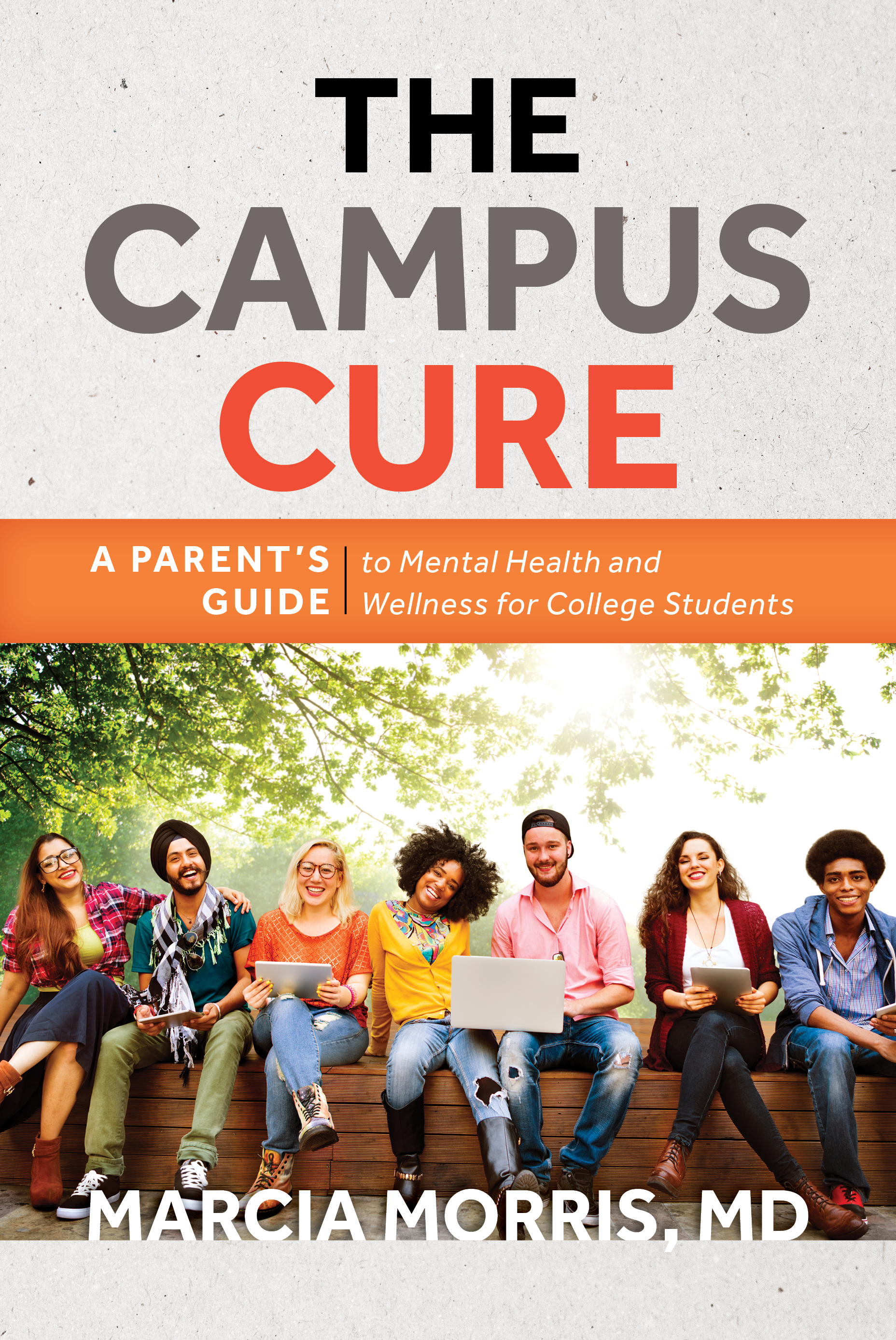The Campus Cure
The Campus Cure
A Parent's Guide to Mental Health and Wellness for College Students
Marcia Morris, MD
ROWMAN & LITTLEFIELD
Lanham Boulder New York London
Published by Rowman & Littlefield
A wholly owned subsidiary of The Rowman & Littlefield Publishing Group, Inc.
4501 Forbes Boulevard, Suite 200, Lanham, Maryland 20706
www.rowman.com
Unit A, Whitacre Mews, 26-34 Stannary Street, London SE11 4AB
Copyright 2018 by Rowman & Littlefield
All rights reserved. No part of this book may be reproduced in any form or by any electronic or mechanical means, including information storage and retrieval systems, without written permission from the publisher, except by a reviewer who may quote passages in a review.
British Library Cataloguing in Publication Information Available
Library of Congress Cataloging-in-Publication Data Available
Names: Morris, Marcia, author.
Title: The campus cure : a parents guide to mental health and wellness for college students / Marcia Morris MD.
Description: Lanham : Rowman & Littlefield, 2018. | Includes bibliographical references and index.
Identifiers: LCCN 2017019028 (print) | LCCN 2017027762 (ebook) | ISBN 9781538104538 (Electronic) | ISBN 9781538104521 (cloth : alk. paper) | ISBN 9781538104538 (electronic : alk. paper)
Subjects: LCSH: College studentsMental health. | College studentsMental health services.
Classification: LCC RC451.4.S7 (ebook) | LCC RC451.4.S7 M68 2018 (print) | DDC 362.1968900835/2dc23 LC record available at https://lccn.loc.gov/2017019028
 TM The paper used in this publication meets the minimum requirements of American National Standard for Information Sciences Permanence of Paper for Printed Library Materials, ANSI/NISO Z39.48-1992.
TM The paper used in this publication meets the minimum requirements of American National Standard for Information Sciences Permanence of Paper for Printed Library Materials, ANSI/NISO Z39.48-1992.
Printed in the United States of America
Acknowledgments
The theme of this book is how collaboration among parents, patients, and health care providers promotes wellness and mental health in college students, and in writing this book I have learned about the power of collaboration to bring these ideas to print.
I thank my husband, Michael, and my children, Andrew and Alyssa, for their love, encouragement, and patience during the writing process. I also thank my parents, Bernerd and Arline Delman, who have provided a lifetime of cheerleading and unconditional love.
I am grateful to all the peoplestudents, parents, friends, family, and colleagueswho have offered feedback and ideas about this book, including Beth-Anne Blue, Ludmila De Faria, Richard Hahn, Deborah Kalb, Susan Cohen, Haleigh Klem, Jeannie Latimer, Joan Listernick, Barbara Lewis, Linda Lewis, Charlotte Martin, Gabrielle Marton, Amy Poon, Linda Siemens, and Lauren Taub. Buddy Martin, a mentor and friend, was instrumental in getting me to turn my passion for writing and college mental health into action. I appreciate the encouragement of the faculty and students at the Harvard Writing, Publishing, and Social Media for Healthcare Professionals Conference, who told me, You are going to write this book! To my patients and their parents, you have shown me the power of resiliency and hope. Finally, I want to thank my wonderful agent, Diane Nine, and my thoughtful editors, Suzanne Staszak-Silva, Will True, and Kimberly Giambattisto, for their expert guidance during the writing and editorial process.
Authors Note
The stories in this book reflect the common problems, pressures, and crises I and my colleagues see in the college mental health setting. The characters in these stories do not represent any single patient; the names are fictitious and any identifying information has been removed.
The medications mentioned in this book are recommended according to practices described in medical literature and the medical community. Most but not all have U.S. Food and Drug Administration approval for the specific disorders that are mentioned. If the medications are not approved for the specific disorder, they are mentioned based on medical literature showing a benefit. Readers should consult with their medical provider and the medical literature before making any decisions regarding medication or any other medical treatment.
Introduction
I remember leaving my son for the first time in his freshman dorm room, with half unpacked containers and a sense of unease in the air. My womb ached! He called me two nights later. He had lost his room key and was ready to come home; college was not for him. My womb ached even more, but I told him to give college a chance, that everything would work out, and it did, with some bumps along the way.
Sending your child to college may be one of the most momentous times of your life and also one of the most frightening. For eighteen years you have provided your child food, shelter, and, most importantly, rules to keep him or her safe. You have felt his or her failures and shared his or her successes. But now he or she is entering a wilderness where danger could lurk in every cornerdrugs, alcohol, and unprotected sex. He or she could face all kinds of obstacleshis or her first F, unrequited love, roommate conflict. And you are not there to help him or her. Will he or she survive and thrive in his or her new environment?
Every child will run into small bumps, large bumps, and major roadblocks in the college years, something I have witnessed firsthand as a college mental health psychiatrist for two decades and a parent of two children in their early twenties. You are now parenting a generation of college students that have technological prowess and entrepreneurial skills, cultural diversity, and open-mindedness that surpass previous generations. This generation also has many of the problems and pressures that started with the millennials and in some ways have worsened. Moreover, campus and community resources have not kept pace with college students mental health needs. The college mental health crisis has become a perfect storm. Here are ten startling statistics:
One of four college students report having been diagnosed with or treated for a mental health disorder in the past year.
Anxiety and depression have been diagnosed in 17 percent and 14 percent of college students, respectively, in the previous year.
One-third of college students binge drank in a two-week period. In addition, there is a dangerous new trend on campuses called drunkorexia, in which students will starve themselves or purge before drinking alcohol so they can get intoxicated more quickly.
Less than 40 percent of college students are academically ready for college.
Financial pressure continues to climb. Student debt in 2016 topped $1.2 trillion, with seven of ten students owing on average $37,000.
Students face new social pressures. They report greater loneliness and social disconnection, while at the same time feeling like they must portray their lives as perfect through social media.
Suicide rates have risen for young adults aged fifteen to twenty-four in the past fifteen years, according to the most recent Centers for Disease Control and Prevention report. The suicide rate for men in this age group is three times that for women.
Sexual assault rates are at an all-time high, with one of four women having been assaulted by the time they graduate.
Counseling centers cannot meet the needs of all students. The number of students visiting counseling centers has grown by 30 percent in the past six years, five times the increase in institutional enrollment. Many counseling centers have limits on sessions, necessitating referral to the community.
Next page
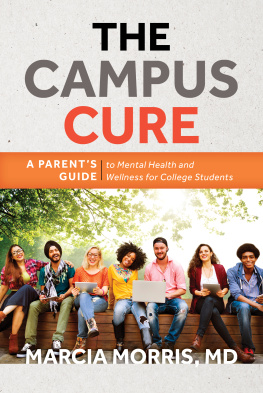
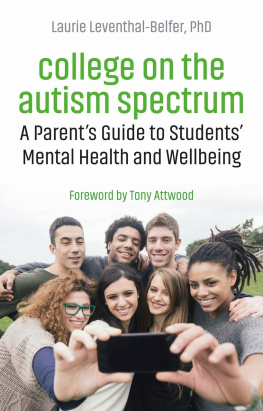

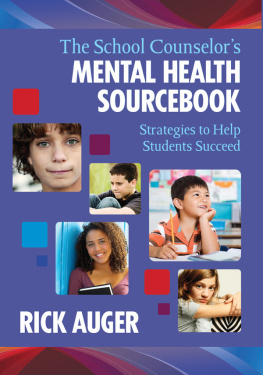


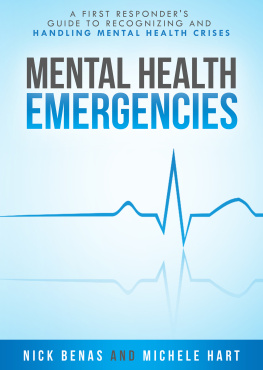
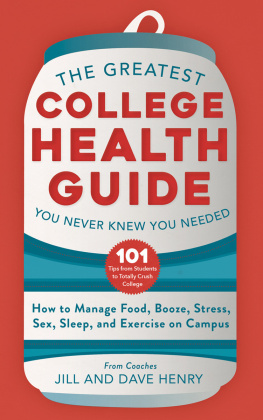
 TM The paper used in this publication meets the minimum requirements of American National Standard for Information Sciences Permanence of Paper for Printed Library Materials, ANSI/NISO Z39.48-1992.
TM The paper used in this publication meets the minimum requirements of American National Standard for Information Sciences Permanence of Paper for Printed Library Materials, ANSI/NISO Z39.48-1992.